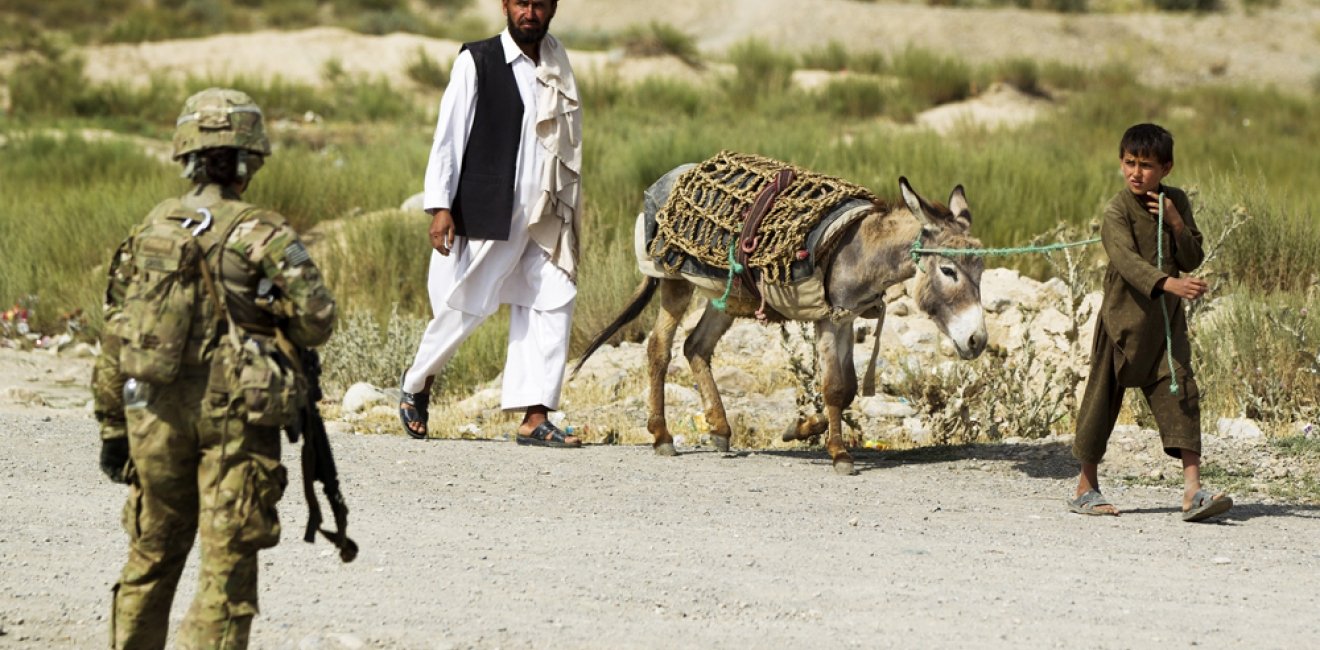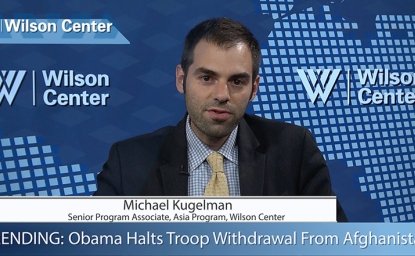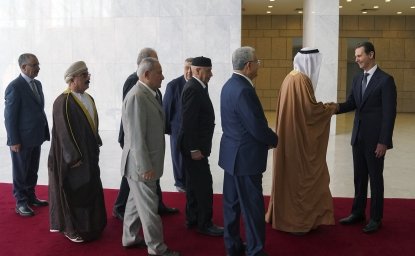This week marked 14 years since the start of the U.S.-led offensive in Afghanistan—the longest war in U.S. history.
As I have written previously, and many polls have shown, most Americans seem eager to put this war behind them. “Raising the topic of Afghanistan these days is like mentioning morality,” one observer writes. “There’s a profound desire to change the subject.”
The war’s popularity has fallen considerably from the support it had in initial years. The conflict has also largely receded from headlines.
There are many reasons one could cite for how the “good” war–as opposed to Iraq–went bad, but a simple and big one concerns objectives–or the lack thereof.
When U.S. forces entered Afghanistan in October 2001, their mandate was clear: Eliminate the sanctuaries that had enabled al Qaeda to plan the 9/11 attacks, and overthrow the Taliban regime that had served as al Qaeda’s hosts.
These two explicit goals, widely supported by a U.S. public still reeling from 9/11, were achieved fairly early on.
But things got more complicated as conflict alternately raged and staggered on in a nation where peace and stability have long been elusive, and where there is no historical legacy of strong, central institutions. Subsequent U.S. objectives in Afghanistan have never been as clearly articulated.
One goal that did remain clear was to make progress against a resilient Taliban insurgency. This drove the 2009 decision to send 30,000 more U.S. troops into Afghanistan.
The enhanced troop presence—numbering about 100,000 at the high-water mark in 2011—delivered some blows to the insurgency and helped impart valuable training to Afghanistan’s fledgling security forces.
Still, the insurgency hung on, and U.S. troops continued to die in attacks and through errors. How to “win” the war was no longer clear. Americans continued to ask why we were still fighting, until all but 9,800 soldiers had been withdrawn from Afghanistan at the end of 2014 and the U.S combat mission was ended.
In recent weeks, some uncomfortable questions have emerged.
Last week, the Taliban seized and briefly held the northern city of Kunduz. Afghan troops were able to wrest back control with help from U.S. Special Forces. But in an apparent effort to target Taliban forces in the city, a U.S. airstrike hit a Doctors Without Borders hospital last weekend, killing 19 people, including medical staff and patients.
After 14 years of U.S. military support to Afghanistan, and more reconstruction assistance than was used for the Marshall Plan, how can the Taliban be capable of seizing a major Afghan city? And nearly a year after the official end of the U.S. combat mission, why are American troops still fighting?
After 14 years of U.S. military support to Afghanistan, and more reconstruction assistance than was used for the Marshall Plan, how can the Taliban be capable of seizing a major Afghan city?
The answers—a resilient insurgency, capacity-constrained Afghan forces, vague rules of engagement for U.S. and coalition troops—are sobering. So are the implications: Many Americans may be uncomfortable with the war in Afghanistan. But it, and U.S. involvement, won't end anytime soon.
The opinions expressed here are those solely of the author.
This article was originally published in The Wall Street Journal's Washington Wire.






